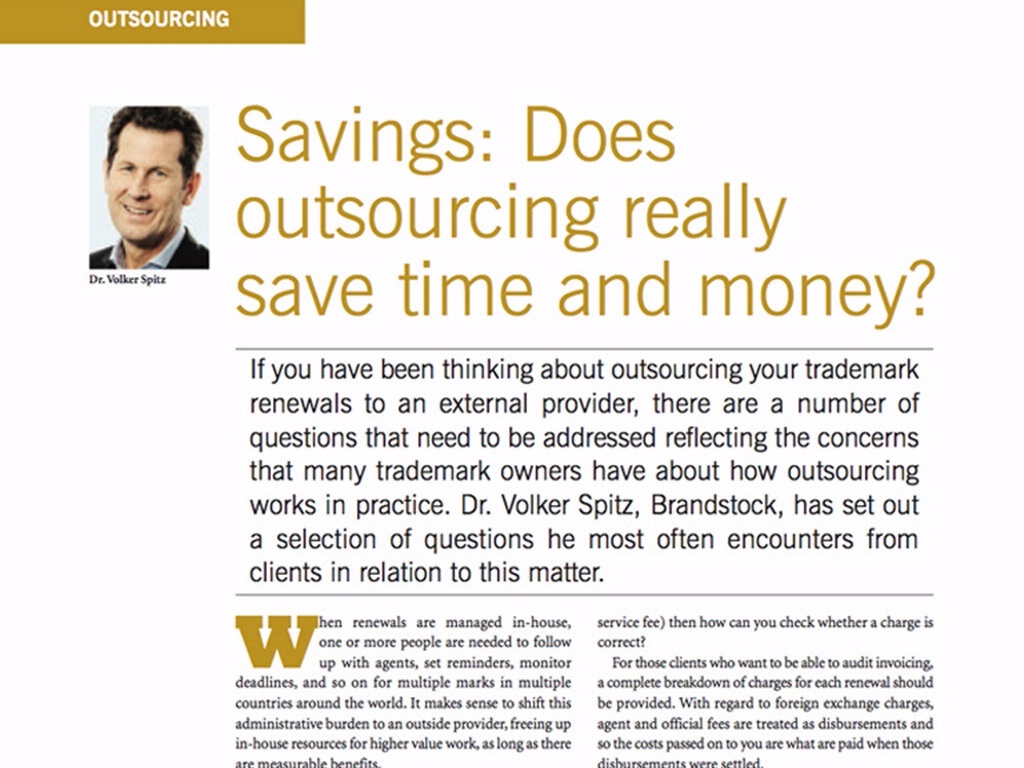Although you may be forgiven for thinking that all territories impose similar official trademark renewal fees, such a belief is far from the truth – all fees are far from equal. These fees vary vastly according to territory, both procedurally and substantively, leading to great confusion amongst trademark owners the world over.
Perhaps most vexing, these differences can mean that renewing a trademark in one territory can be far more expensive than renewing it in a neighbouring territory. Additionally, you need to ensure that you do not miss the renewal deadlines within each territory. If you’re late with your renewal application, you can run the risk of incurring further charges in the form of late fees, which also differ in different territories.
Every country has its own rules, download our FREE infographic on trademark renewals costs all around the world
Without an extensive knowledge of intellectual property (IP) it can be difficult to understand and navigate these varied fees. It is therefore recommended that, if looking to renew your trademark in multiple countries, you seek the advice of an IP expert who can ensure the best outcome for your money.
Procedural differences in trademark renewals
The first notable difference across territories involves the methods for applying official trademark renewal fees. Some territories charge a base fee for renewals - that is, one lump sum for renewing a trademark. IP offices such as the UK and EU choose to impose a base charge which can be built upon incrementally if the owner wishes to renew more. These additional charges are incurred, for example, if the owner wishes to renew their mark in multiple classes.
For example, the UK IP office charges £200 for a basic renewal, whilst the EU IP office charges €850, both of which can be increased if you wish to renew your mark in additional classes. However, some territories avoid imposing a base charge and instead only charge per class.
For example, the US IP office only charges $425 per class. Moreover, the methods for imposing late fees on trademark renewals also vary significantly. If you file your trademark renewal past the renewal deadline then you will be charged additional fees. Whilst some territories impose a lump sum fee, such as the US and Indian offices, others instead add an additional percentage to the owner’s bill for renewal.
For example, the US office charges an additional $200 in late fees per class. That means that if you are choosing to renew your trademark late in 4 classes you will be charged the $425 per class base rate, plus an additional $800 in late fees ($200 x 4). Without prior knowledge of this constantly increasing fee you could be caught out by unforeseeably high fees when renewing your trademark. What’s more, you may end up having to pay for further legal assistance to help you navigate a delayed renewal application.
Other territories impose an altogether different method for late fees – they charge an additional percentage of the main official fees. The EU office, for example, adds an additional 25% to the cost of your renewal if you file after the deadline.
It is also worth noting that you may need to provide proof of use in order to maintain your trademark registration, even before the renewal deadline. This is the case in the US, where a trademark owner has to provide an affidavit confirming the use of the trademark, which must be filed six years after registration. This proof also needs to be provided for renewals. Following these procedures is necessary to prevent the early cancellation of your trademark, which could result in great cost to your business.
Renewals are generally every 10 years from your initial registration date. However, depending on the territory, the trademark office might not inform you of your renewal deadlines, so it’s important to keep track of your marks in different territories. Otherwise, you may run the risk of exorbitant late fees or even losing your trademark ownership.
Keeping track of your trademarks and renewals across multiple territories over an extended period of time can prove confusing at best, and at worst it can leave you with a sky-high bill without you knowing why or how you could have avoided it. For this reason, it’s best to consult with IP management specialists to determine an effective method to manage your renewals.
Substantive difference in trademark renewals
Aside from the procedural difference in international trademark renewal fees, possibly the worst aspect of these varied fees is that some are simply far more expensive than others.
As an example, let us imagine that we are renewing a trademark, before the deadline, in 4 classes. In the UK this process would cost roughly €440. Renewing the same mark in the US would equate to approximately €1444, whilst renewing an EU registration of the same mark would cost around €1200. Although it may seem reasonable that an EU renewal is more costly as it ensures that your mark is renewed in multiple different territories, the same cannot be said for the US renewal fees. There therefore appears to be no clear correlation between the cost of renewal fees and the benefits they provide.
Such a significant difference in the resultant renewal fees for a simple trademark registration highlights the issues with the international gap in fees. Without the assistance of IP experts who know the best ways to make the most of your trademark renewal for the best price it can seem overwhelming trying to decipher which territories you should renew in. Although you will now be aware of the potential traps opened up by such differences in fees, only a small handful of territories have been considered here. In order to stand you in the best stead regarding your trademark renewal fees it is advised that you consult with independent IP experts before filing a renewal which could cost you a significant amount more than expected.
























